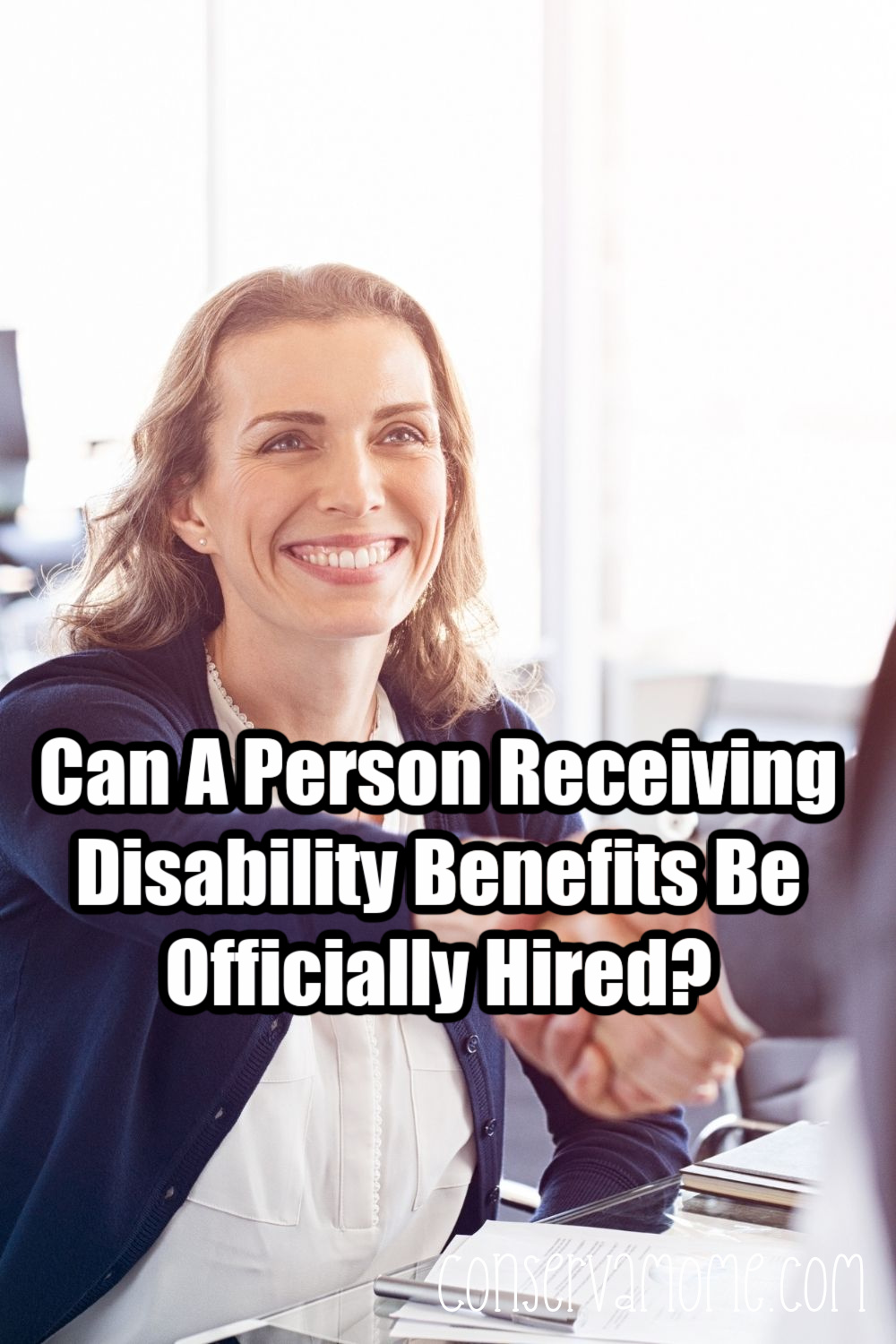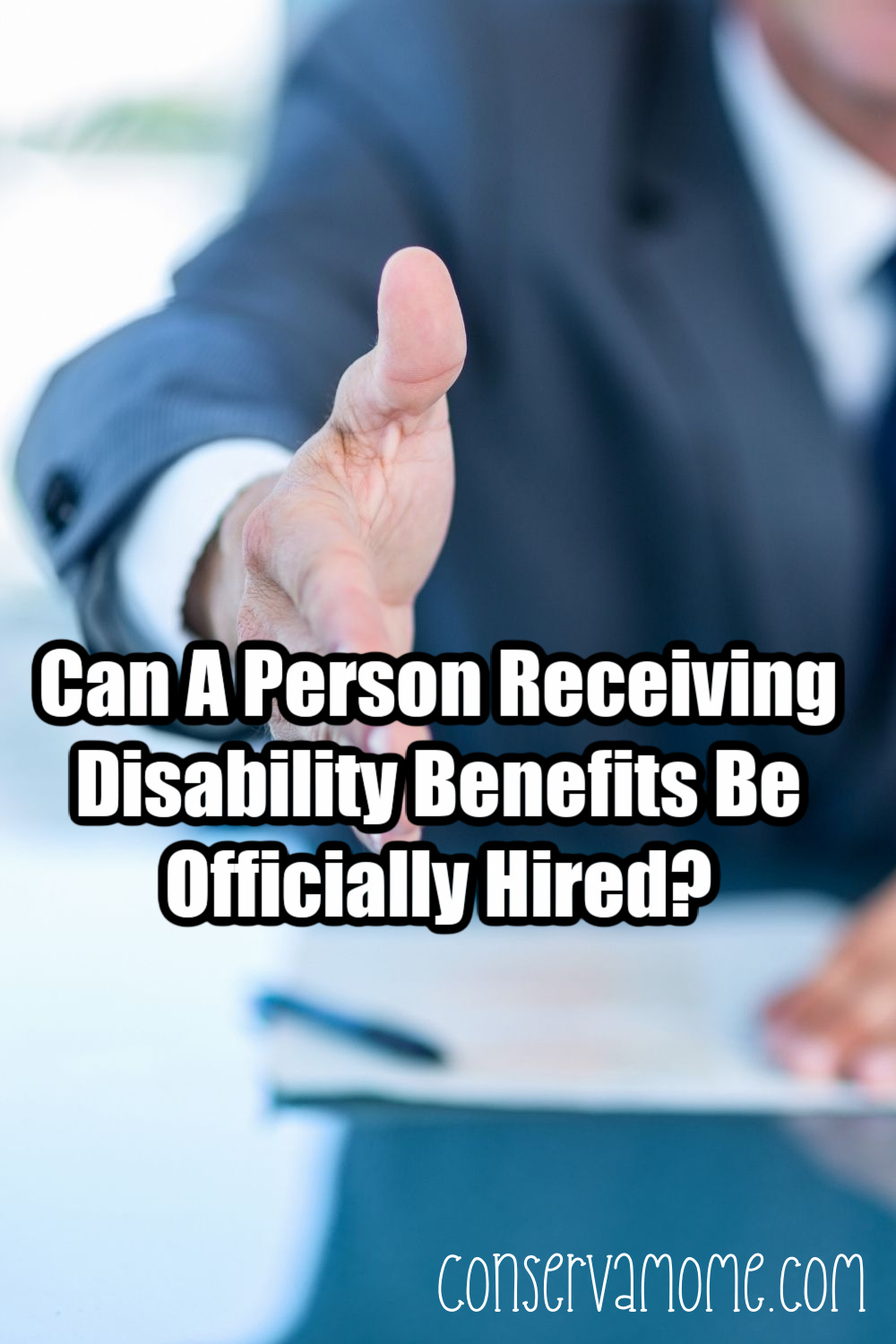Do you receive or know of anyone benefiting from Social Security Disability Insurance? These are disability benefits given to people who cannot work for over a year. The allowance helps them mitigate their financial needs during the disability period. Most beneficiaries of these benefits are hesitant to work again since they fear affecting their disability benefits.
Can A Person Receiving Disability Benefits Be Officially Hired?
While it is okay to become reluctant, Social Security has rules which allow individuals to work a part-time or full-time job, even when getting the benefits. You only need to understand the rules to avoid messing up with your chances of receiving the disability benefits. This article will discuss some of the things you should know about earning while receiving disability benefits. Read till the end to get enlightened.
The Trial Work Period – TWP
The Trial Work Period (TWP) is a rule which enables individuals receiving disability benefits to work while receiving their full benefits. This rule covers nine months which you must cover in sixty months. This means you can work and get your monthly payments while receiving your benefits for nine months, in sixty months – they do not need to be consecutive. As detailed by these lawyers helping disabled individuals, you can get hired while enjoying your disability benefits. You only need to follow the set rules, and you will be good to go.
The Trial Work Period was developed to encourage disabled individuals to seek employment opportunities rather than depending on the benefits. How do the months get counted? The rule counts the months according to the amount earned. The month counts when you make over $910 per month. For a self-employed individual, including freelancers, business owners, and consultants, a month counts when one has worked for over 80 hours per month.
Your monthly earnings before taxation should meet the $910 TWP threshold. You can also deduct impairment-related costs before subjecting your earnings to the Trial Work Period threshold. It is essential to keep your receipts so that Social Security can calculate your earnings accurately.
It is also essential to inform the Social Security of your earnings every month as long as you are receiving benefits. You should attach a copy of your payslip and the deduction receipts by the 10th of every month. Failing to do so can lead to termination of your benefits.
Some individuals get worried about the termination of disability benefits when Social Security does the Continuing Disability Review (CDR). If you are among them, you need to note that Social Security does random checkups, and any red flag can put you into trouble.
Extended Period for Eligibility
After the lapse of nine months, what happens next? Once you complete your nine months of the Trial Work Period (TWP), the next step is to get to the Extended Period of Eligibility (EPE). Here, you will get your usual benefits for 36 months if earning less than the Substantial Gain Activity (SGA) threshold. The SGA threshold varies from time to time. In 2020, it was $2,110 for the blind and $1,260 for those who can see.
When you earn more than the set threshold, it will mean losing your disability benefits. Besides this, Social Security will investigate you to see if the disability is no longer there. When you start earning more than the set threshold, you will get benefits for the current month and the next two months before being terminated completely. If your earning falls below the threshold, Social Security will reinstate your benefits without making an application.
When the 36 months elapse, you will still earn the benefits as long as your earnings are below the SGA threshold. However, if they go above the threshold even for a month, you will lose your benefits. Social Security will reinstate the benefits again if you completely stop working, and this should be within five years of the Extended Period of Eligibility.
What happens to your Medicare during TWP and EPE?
After the TWP, you will still be covered by Medicare for another 93 months regardless of the SGA status. The exact status continues even after you complete your EPE status. Other sources of help, like having a handicap placard will remain, and they can be a great source of help if you struggle with mobility. You may also find that it helps to open up options for you when applying to different places of work too.


Leave A Reply!